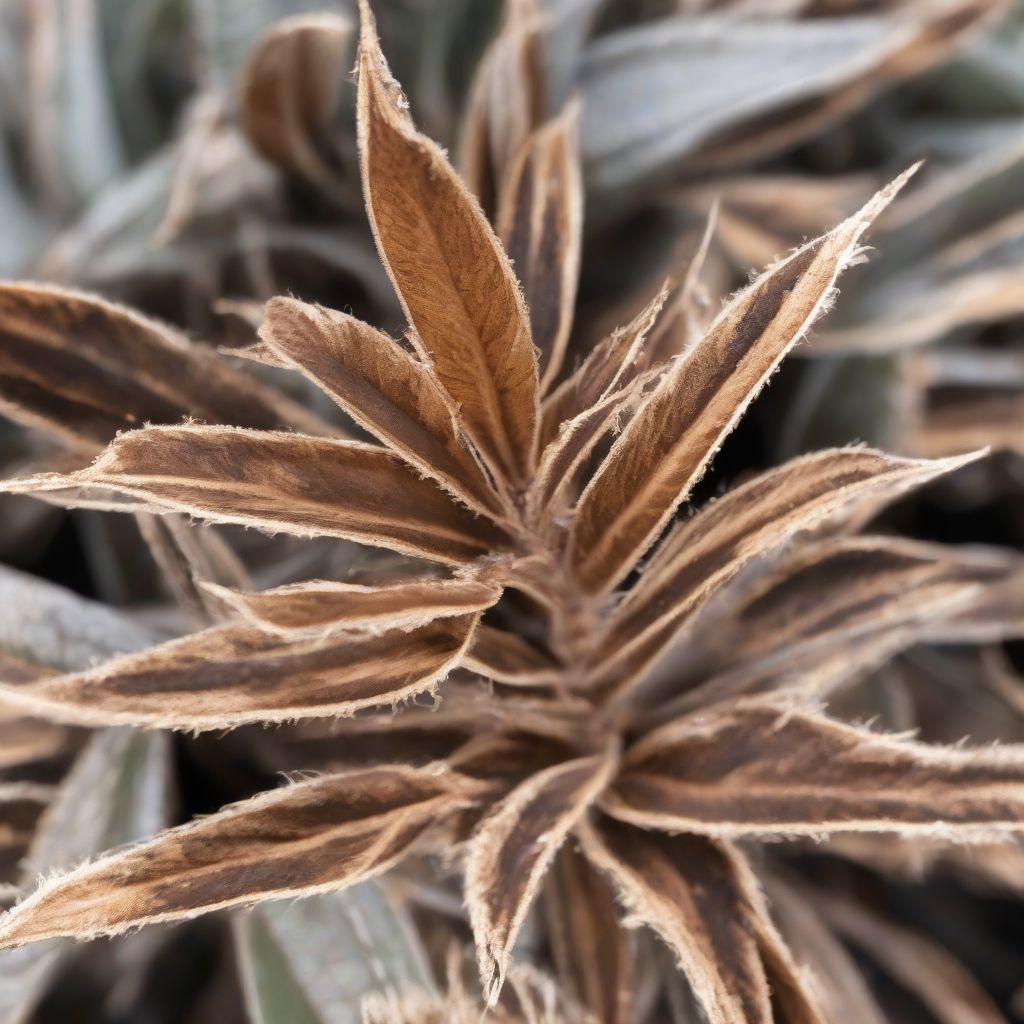Have you ever woken up from a dream, heart pounding, only to realize it was just a dream? For plant parents, discovering their leafy friend is dropping leaves can feel like a nightmare. But fear not, leaf drop and other signs of plant stress are usually a cry for help, not a death knell. With a bit of detective work and some TLC, you can often revive your plant and get it thriving again. Let’s decode those distress signals and empower you to become a plant-rescuing superhero!
Understanding the Silent Language of Plants
Plants may not speak our language, but they communicate through subtle cues. Ignoring these signs is like hitting the snooze button on your plant’s health. Here’s what to watch out for:
Leaf Drop: The Most Obvious SOS
While some leaf drop is natural, excessive shedding signals a problem. Before you panic, consider these factors:
- Normal shedding: Deciduous plants lose leaves seasonally, while even evergreens shed older leaves periodically.
- Sudden changes: Moving your plant, repotting, or drastic shifts in temperature or humidity can trigger shock and leaf drop.
- Watering woes: Both underwatering and overwatering stress plants. Check the soil moisture – it should be moist but not soggy.
- Pests and diseases: Examine your plant for telltale signs like webbing, sticky residue, or discolored spots, indicating unwanted visitors.
Beyond Leaf Drop: Other Signs Your Plant Needs Help
- Yellowing leaves: This often indicates overwatering, poor drainage, or nutrient deficiencies.
- Wilting: While wilting can be a sign of underwatering, it can also result from overwatering, root rot, or pests.
- Stunted growth: Insufficient light, lack of nutrients, or being rootbound can all hinder growth.
- Brown leaf tips or edges: This often points to dry air, inconsistent watering, or excessive fertilizer salts.
 Brown Leaf Tips on a Plant
Brown Leaf Tips on a Plant
Playing Plant Detective: Diagnosing the Problem
Identifying the cause of your plant’s distress is crucial for implementing the right solution.
1. Investigate the Environment
- Light: Is your plant receiving enough light? Different plants have different light requirements.
- Temperature and Humidity: Extreme temperatures and low humidity can stress plants. Most indoor plants prefer temperatures between 65-75°F (18-24°C) and moderate humidity. You can learn more about the role of humidity and temperature in our comprehensive guide: The Role of Humidity and Temperature in Plant Troubleshooting.
- Water: Check the soil moisture and assess your watering habits. Are you allowing the soil to dry out sufficiently between waterings?
- Pot and Soil: Is your plant rootbound? Does the pot have adequate drainage? Is the potting mix appropriate for your plant’s needs? For more information on repotting, visit our detailed guide: The Importance of Potting and Repotting in Plant Care.
2. Inspect for Pests and Diseases
Carefully examine your plant, looking for:
- Insects: Aphids, mealybugs, spider mites, and scale insects are common culprits.
- Disease symptoms: Look for leaf spots, powdery mildew, or fungal growth.
Rejuvenating Your Stressed Plant: A Guide to Recovery
Once you’ve identified the likely cause of your plant’s stress, it’s time to take action:
1. Adjust Environmental Factors
- Light: Move your plant to a brighter location or supplement with artificial light if needed.
- Temperature and Humidity: Maintain a consistent temperature, avoiding drafts and extreme fluctuations. Increase humidity by using a humidifier, grouping plants together, or placing the pot on a tray of pebbles and water.
- Water: Adjust your watering schedule based on your plant’s needs and the soil moisture level. Ensure the pot has drainage holes to prevent waterlogging.
2. Address Pests and Diseases
- Pests: Isolate the affected plant and treat it with insecticidal soap, neem oil, or other appropriate methods.
- Diseases: Remove and discard infected parts of the plant. Treat with a suitable fungicide and improve air circulation to prevent further spread.
3. Provide Nutritional Support
- Fertilize: Use a balanced fertilizer during the growing season to provide essential nutrients.
- Repotting: If your plant is rootbound, repot it into a slightly larger pot with fresh potting mix.
Prevention is Key: Keeping Your Plants Happy and Healthy
The best way to deal with plant stress is to prevent it in the first place:
- Choose the Right Plants: Select plants that are well-suited to your home’s environment.
- Provide Proper Care: Learn about your plant’s specific needs for light, water, humidity, and temperature.
- Observe Regularly: Pay attention to your plants and address any signs of stress promptly.
From Droopy to Delightful: A Final Word
Remember, even experienced plant parents encounter challenges. Leaf drop and other signs of plant stress are simply your plant’s way of communicating its needs. By becoming a proactive plant parent and responding to these cues, you can help your green companions thrive and bring joy to your home for years to come. Do you have any tips or tricks that have worked for you? Share your experiences in the comments below!
No products found.
